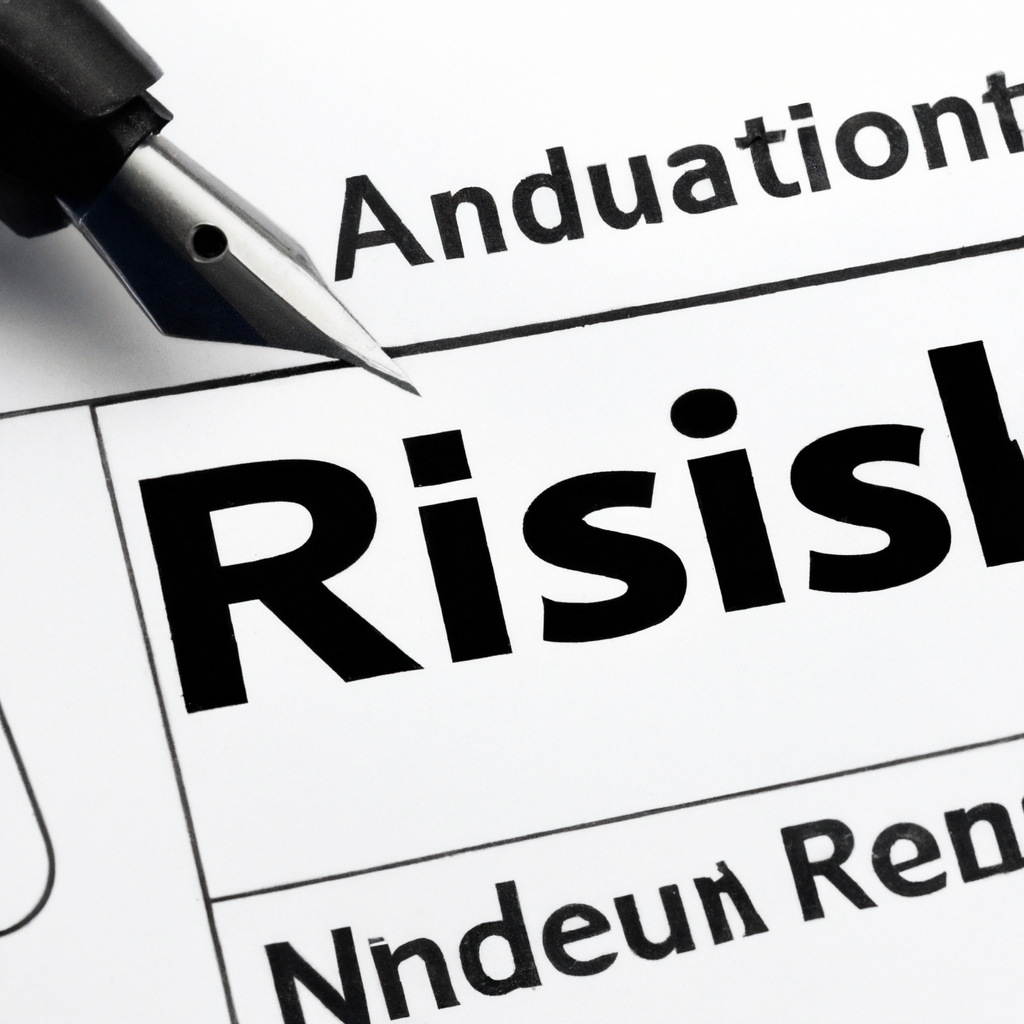
Risk Management in Investing
Introduction
Investing can be an exciting and potentially rewarding endeavor, but it also comes with its fair share of risks. To navigate these risks and protect your investments, it is crucial to have a solid risk management strategy in place. In this article, we will explore the importance of risk management in investing and provide some essential guidelines to help you mitigate potential losses.
Understanding Risk
Before delving into risk management techniques, it is essential to have a clear understanding of what risk means in the context of investing. Risk refers to the possibility of losing some or all of your investment capital due to various factors such as market volatility, economic downturns, or company-specific issues. It is crucial to recognize that all investments carry some degree of risk, and the key lies in managing and minimizing these risks.
Assessing Risk Tolerance
One of the first steps in effective risk management is assessing your risk tolerance. Every investor has a different comfort level when it comes to taking risks. Some individuals may be more inclined to pursue high-risk, high-reward investments, while others prefer a more conservative approach. Understanding your risk tolerance will help you align your investment strategy accordingly and avoid making impulsive decisions during market fluctuations.
Diversification
Diversification is a fundamental risk management technique that involves spreading your investments across different asset classes, industries, and geographical regions. By diversifying your portfolio, you can potentially reduce the impact of a single investment’s poor performance on your overall portfolio. This strategy allows you to benefit from the potential gains of different investments while minimizing the risk associated with any one investment.
Setting Realistic Goals
Another crucial aspect of risk management is setting realistic investment goals. It is essential to define your investment objectives, whether they are short-term or long-term, and align them with your risk tolerance. Setting unrealistic goals can lead to impulsive decision-making, potentially exposing you to higher risks. By setting achievable and measurable goals, you can maintain a disciplined approach to investing and reduce the likelihood of making hasty investment choices.
Monitoring and Regular Review
Risk management is an ongoing process that requires constant monitoring and regular review of your investments. Keep a close eye on market trends, economic indicators, and any significant developments related to your investments. Regularly reviewing your portfolio will help you identify any potential risks or opportunities and make necessary adjustments to your investment strategy.
Utilizing Stop Loss Orders
Stop loss orders are a useful risk management tool that allows you to set a predetermined price at which you will sell a particular investment. By utilizing stop loss orders, you can limit potential losses by automatically selling a security if its price falls below a certain threshold. This technique helps protect your investments from significant downturns while allowing you to participate in potential upside movements.
Conclusion
Risk management plays a crucial role in successful investing. By understanding the risks associated with investing, assessing your risk tolerance, diversifying your portfolio, setting realistic goals, monitoring your investments, and utilizing risk management tools like stop loss orders, you can minimize potential losses and increase the likelihood of achieving your investment objectives. Remember, investing is a long-term journey, and a well-executed risk management strategy can provide you with the stability and confidence needed to navigate the ups and downs of the financial markets.





